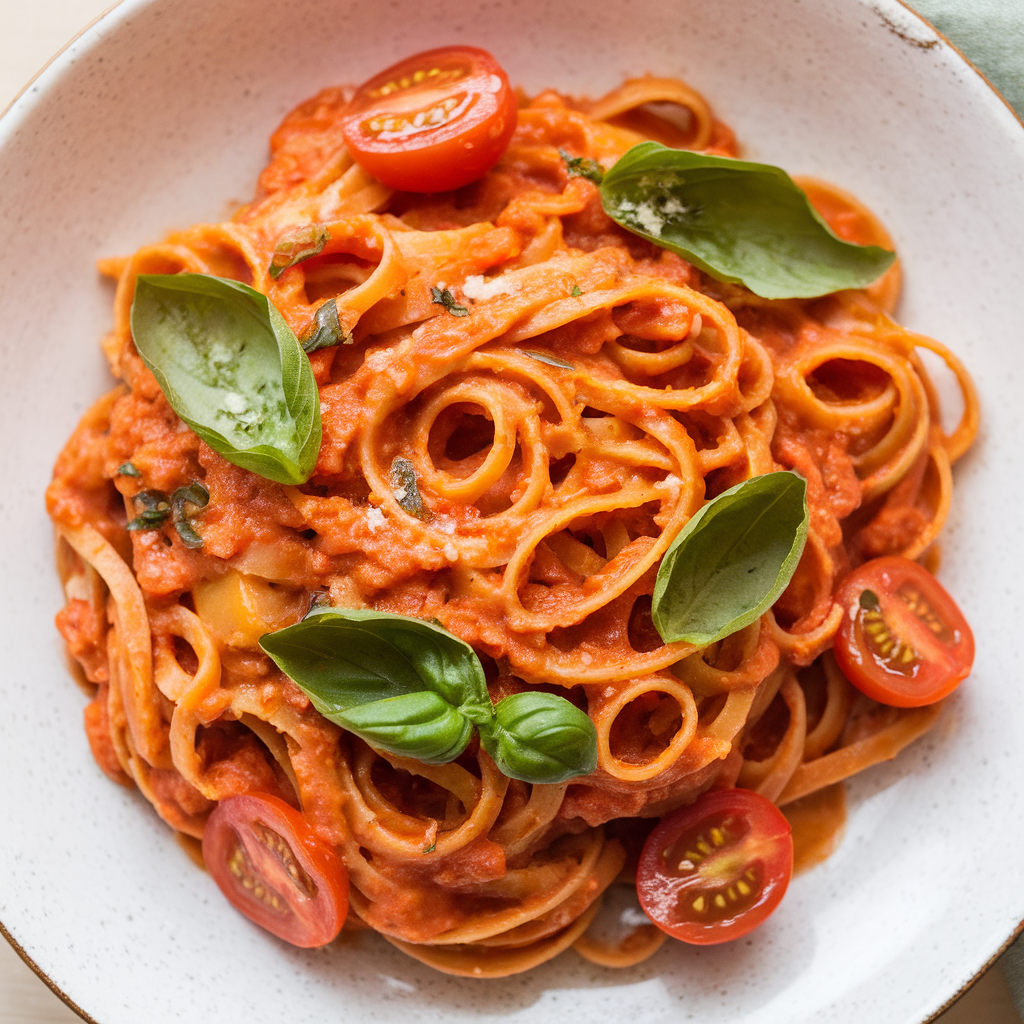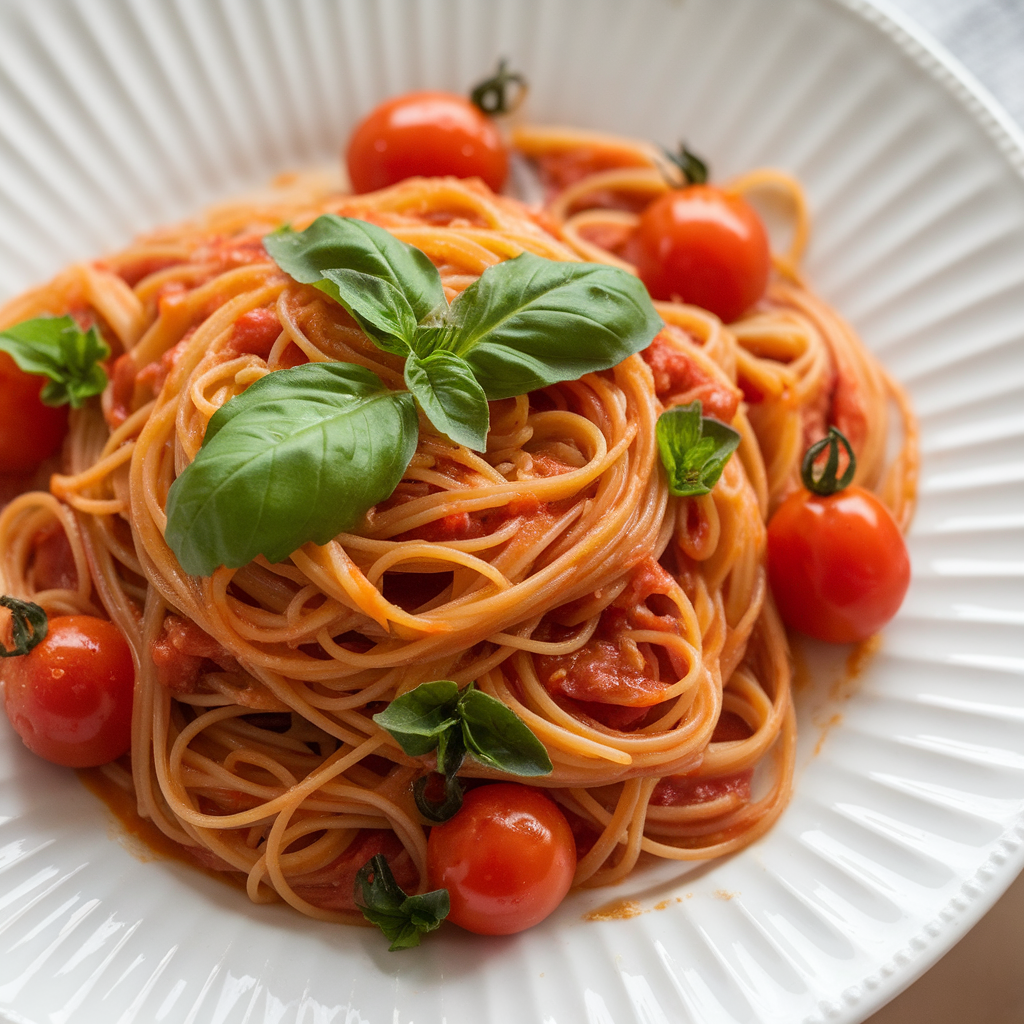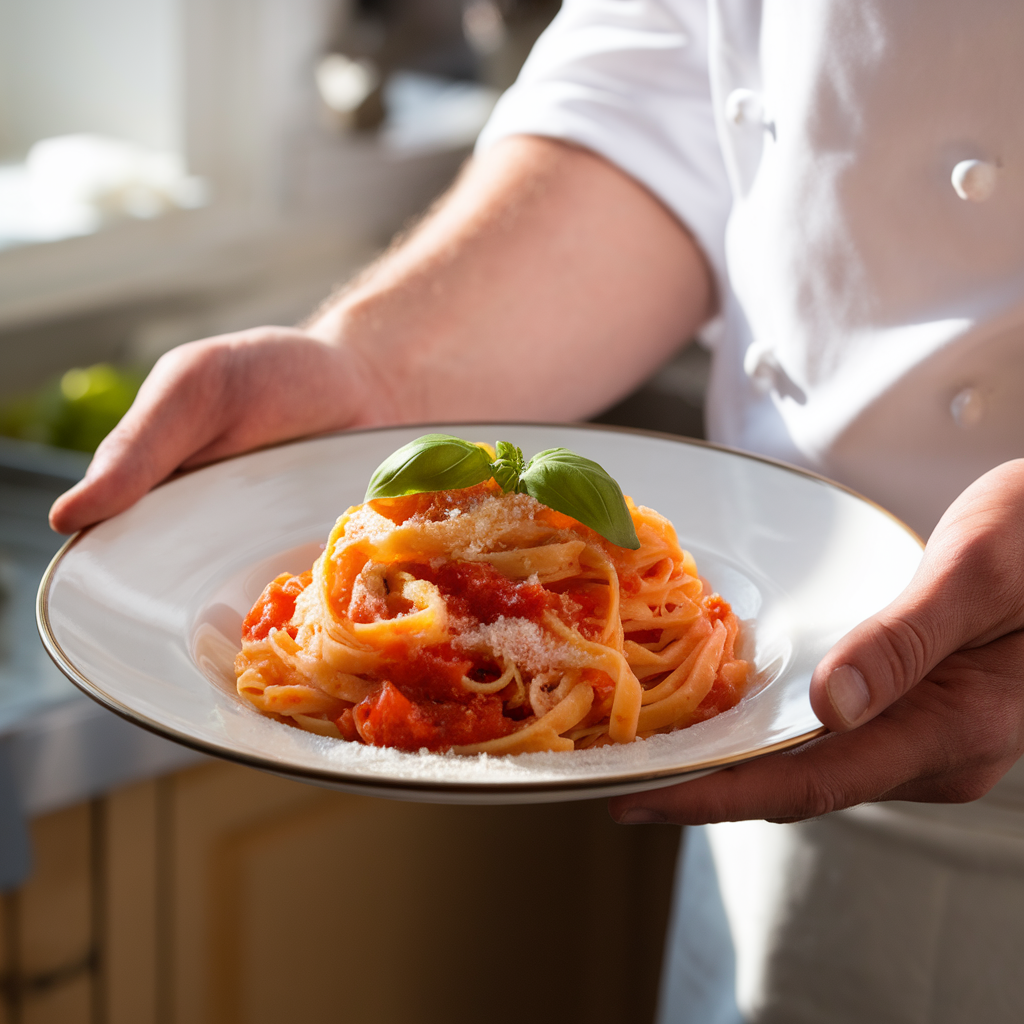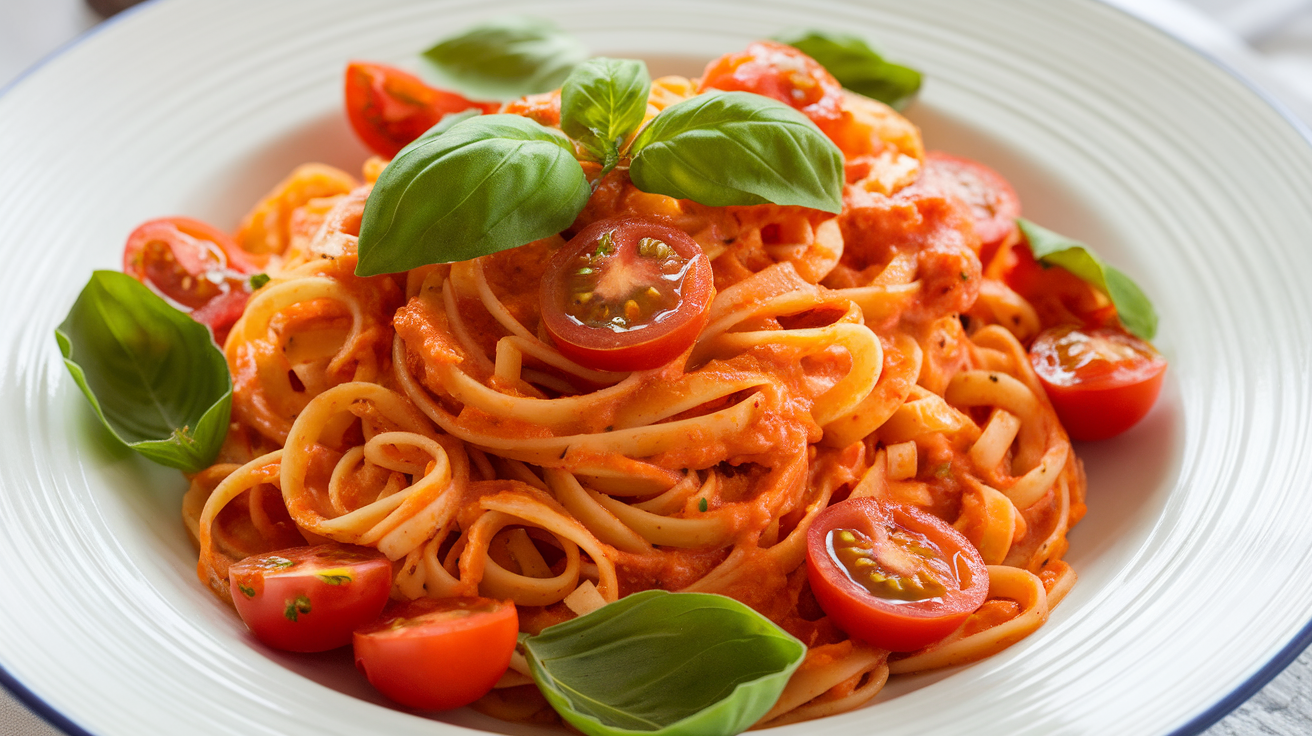In the vast and diverse world of Indian cuisine, the Bengali Thali holds a special place. Rooted in the cultural and culinary traditions of Bengal, this thali is more than just a meal — it is an experience that brings together an array of flavors, textures, and aromas that define Bengali foods. Whether you’re a connoisseur of Indian cuisine or a curious foodie exploring regional dishes, a traditional Bengali thali offers a sumptuous, balanced feast that reflects the heart of Bangla food.
In this article, we will explore the components of a Bengali food thali, its cultural significance, presentation aesthetics—especially important in Indian cuisine photography—and a spotlight on beloved dishes such as curry prawns and the classic butter nan accompaniment. We will also discuss how this traditional platter fits into the larger landscape of Indian vegetarian and non-vegetarian thalis, highlighting the beautiful Bengal aesthetic embedded in every bite.
What is a Bengali Thali?
A Bengali Thali is a platter-style meal that includes a variety of dishes served together, usually comprising rice, lentils, vegetable curries, fish or meat preparations, chutneys, and sweets. This complete meal encapsulates the culinary philosophy of Bengal, where balance, freshness, and seasonal ingredients are paramount.
Unlike the often strictly vegetarian Indian veg thali popular in northern India, the Bengali thali is distinguished by its extensive use of fish and seafood, along with vegetable and lentil preparations. It’s a vibrant representation of the fertile Ganges delta region, where rivers and the Bay of Bengal supply an abundance of fresh produce and fish.
The Components of a Traditional Bengali Thali
A traditional Bengali thali is a mosaic of tastes and textures. Here are the common elements you will find:
1. Steamed Rice (Bhata)
Rice is the cornerstone of the Bengali diet. In a Bengali thali, freshly steamed white rice forms the base of the meal, perfectly complementing the array of flavorful curries and sides.
2. Dal (Lentil Soup)
Usually, a mild and comforting dal made from yellow moong dal or arhar dal is served. The dal is tempered with mustard seeds, dried red chilies, and sometimes a touch of ghee, adding depth to the flavor.
3. Shutki or Fish Curry
Fish is an integral part of Bengali foods, reflecting the region’s riverine culture. Dishes like curry prawns, hilsa fish curry, or dried fish (shutki) preparations are common highlights of the thali.
4. Vegetable Curries and Stir-fries
Seasonal vegetables cooked simply with mustard oil and spices provide a refreshing counterbalance to the rich fish dishes. Popular veggies include potatoes, eggplants, pumpkin, and leafy greens.

5. Chutneys and Pickles
Sweet and tangy chutneys made from raw mango, tamarind, or date palm jaggery add bursts of flavor and serve as palate cleansers.
6. Papad or Fryums
Crispy papads or fried snacks add a crunchy texture contrast.
7. Desserts
A Bengali thali usually ends with a traditional sweet like rosogolla, sandesh, or mishti doi (sweetened yogurt).
The Star of the Plate: Curry Prawns and Fish
Among the many iconic dishes of the Bengali thali, curry prawns are a standout. The coastal and riverine lifestyle of Bengal has blessed the cuisine with an incredible variety of seafood preparations. Prawns cooked in a mustard-based or coconut curry are fragrant and succulent, providing a perfect complement to the rice.
The prawns are usually marinated and cooked with a blend of mustard seeds, turmeric, green chilies, and fresh coriander, capturing the essence of Bengali cooking: simplicity enriched with aromatic ingredients.
Butter Nan: A Perfect Companion
Although butter nan is traditionally a North Indian bread, it has found a beloved place alongside Bengali curries in many modern Bengali households and restaurants. The soft, flaky butter nan with its buttery richness pairs exceptionally well with thick curries, including prawn or fish curry, adding a comforting texture contrast to the steamed rice.
In many Bengali food thali experiences outside Bengal, butter nan serves as a welcome bread option, offering diners variety beyond rice and making the meal more versatile.
Bengal Aesthetic in Food Presentation
L' Bengal aesthetic extends beyond taste to the presentation. Bengali cuisine is known for its subtle yet elegant plating, often served on traditional metal thalis or banana leaves.
In Indian cuisine photography, capturing the vibrant colors and textures of the Bengali thali is an art. The rich reds of the prawn curry, the bright greens of fresh herbs, the golden yellow of dal, and the crisp white of steamed rice come together in a visually stunning feast.
Photographers and food bloggers emphasize natural light, rustic table settings, and close-up shots to highlight the sumptuousness of each component, reflecting the warmth and hospitality inherent in Bengali culture.

Bengali Thali vs Indian Veg Thali: Understanding the Differences
L' Indian veg thali typically includes a variety of vegetarian curries, dal, rice, roti or chapati, and sometimes yogurt or salad. In contrast, the Bengali thali often incorporates fish or meat, reflecting the non-vegetarian preference in Bengal.
While both are designed to offer a balanced meal, the Bengali thali stands out for its focus on seafood and the unique mustard oil flavors that dominate many dishes. The use of mustard seeds, poppy seeds, and a distinct spice palette sets Bengali food apart within Indian cuisine.
Popular Bengali Foods Often Included in Thalis
Here are some popular dishes you may find in a traditional Bengali thali:
- Shorshe Ilish (Hilsa in Mustard Sauce): The quintessential Bengali fish preparation, combining the rich flavor of hilsa with pungent mustard paste.
- Chingri Malai Curry: Prawns cooked in coconut milk, mild and creamy, showcasing Bengal’s coastal influences.
- Aloo Posto: Potatoes cooked in a poppy seed paste, a simple yet beloved vegetarian dish.
- Begun Bharta: Mashed eggplant with mustard oil, green chili, and mustard seeds.
- Lau Chingri: Bottle gourd and prawns cooked together in a light curry.
- Mishti Doi: Sweetened fermented yogurt, the perfect end to a Bengali meal.
Cultural Significance of the Bengali Thali
Eating a Bengali thali is not merely about nourishment—it is an expression of cultural identity and hospitality. In Bengal, food is central to celebrations, religious ceremonies, and family gatherings.
The variety of dishes in a thali symbolizes abundance and diversity, reflecting the generous spirit of Bengali cuisine. It also highlights seasonal produce, respecting nature’s cycles and the freshness of ingredients.
How to Enjoy a Bengali Thali
Traditionally, a Bengali thali is eaten with hands, as it is believed that using fingers enhances the sensory experience of the meal. The proper way is to mix small amounts of rice with curry or dal, savoring each bite. The tactile involvement connects the eater to the food on a deeper level.

Cooking Tips for an Authentic Bengali Food Thali
- Use Mustard Oil: Mustard oil is the signature cooking medium in Bengali cuisine. It adds a pungent aroma and distinct taste.
- Balance Flavors: Bengali food balances sweet, sour, spicy, and savory flavors within one meal.
- Fresh Ingredients: Fish and vegetables should be as fresh as possible.
- Simple Spices: Unlike some Indian cuisines that use heavy spice blends, Bengali cooking often uses whole spices and mustard paste for flavor.
- Patience: Slow cooking for curries helps develop richer flavors.
Capturing Bengali Food Thali in Indian Cuisine Photography
For those passionate about food photography, capturing the beauty of a Bengali thali requires attention to detail:
- Use natural light to bring out the vivid colors.
- Include traditional utensils or fabrics in the frame to evoke the cultural essence.
- Focus on close-ups of textures — the glistening curry prawns, the grainy dal, the fluffy rice.
- Capture the rustic charm by photographing the thali served on metal plates or banana leaves.
- Incorporate fresh herbs and garnishes to enhance visual appeal.
Modern Twists on the Bengali Thali
While tradition is important, modern chefs and home cooks experiment with fusion ideas. For example:
- Pairing butter nan with Bengali curries.
- Using quinoa or brown rice as a healthy alternative.
- Creating vegetarian versions of classic seafood dishes using jackfruit or mushrooms.
- Presenting thalis in compact bento boxes for convenience.
Where to Experience Authentic Bengali Thali
If you want to taste authentic Bangla food, visiting West Bengal in India or Bangladesh is ideal. Many restaurants worldwide now offer Bengali thali, bringing this rich culinary tradition to a global audience.
Conclusion: The Timeless Allure of the Bengali Thali
L' Traditional Bengali Thali is a celebration of the cultural and culinary richness of Bengal. From the comfort of steamed rice and dal to the indulgence of curry prawns, every element is crafted with care and tradition. Whether enjoyed at a family gathering or captured through the lens of Indian cuisine photography, this thali represents the soul of Bengali foods.
By embracing both the rustic Bengal aesthetic and the complex flavors, a Bengali thali invites you to experience the warmth, diversity, and joy of Bangla food. Whether accompanied by butter nan or enjoyed purely with rice, this meal is a testament to Bengal’s enduring culinary legacy.


